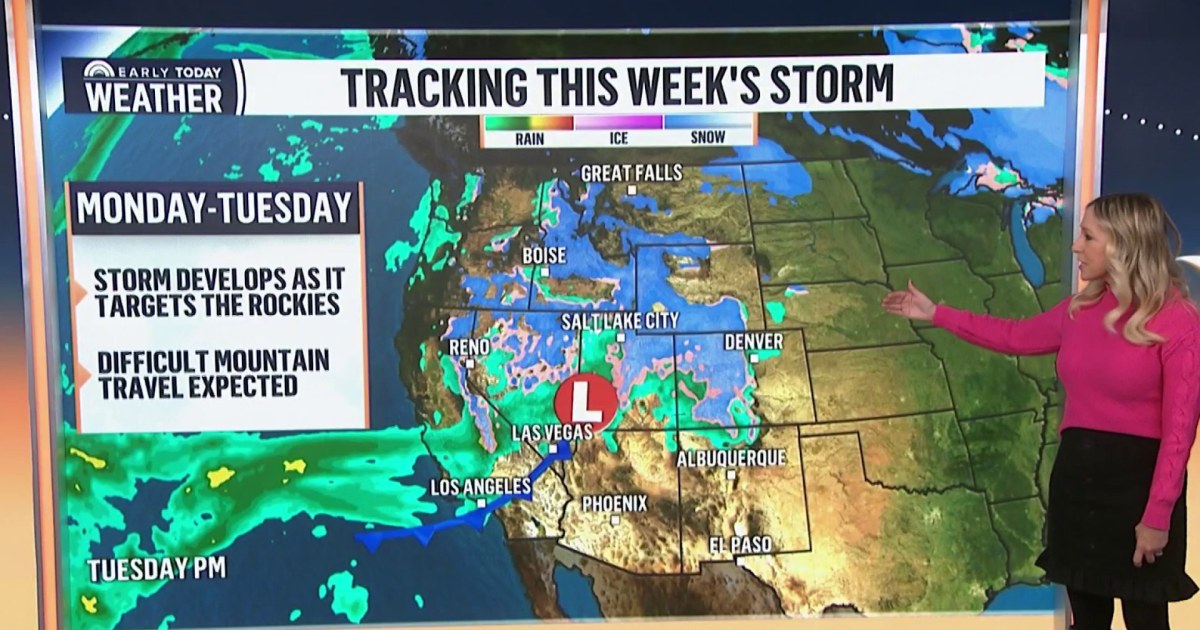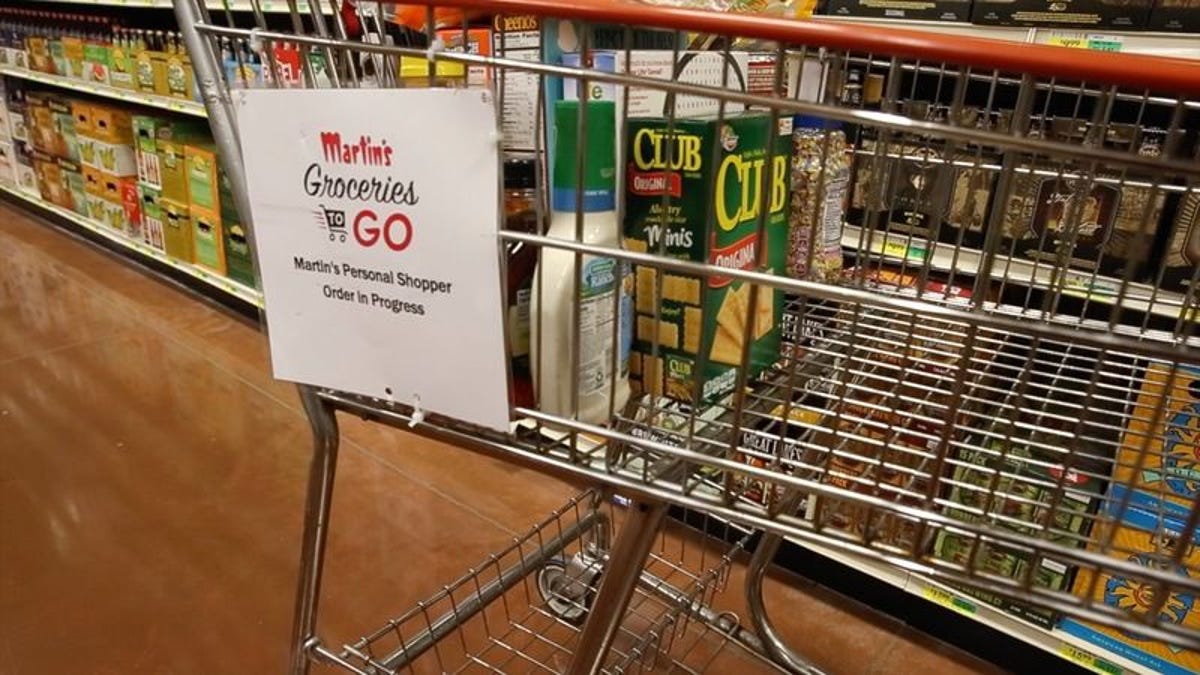Nah’Shon and Caitlin Moore used to have a systematic approach to grocery shopping, with a large trip once a week or once every other week.
But as prices rose in recent years, the Levittown couple started taking trips to the Aldi supermarket on an as-needed basis to reduce waste and keep costs down.
“Now, it’s like, ‘Just go ahead and get something for tonight,’” said Nah’Shon Moore, a 47-year-old account manager.
He and his wife, an accountant, spend around $500 a month on groceries for their family of six. The couple said the grocery bill is only slightly higher than it was pre-pandemic, due in part to their more conscientious approach to spending.
“I don’t think it’s as bad as the norm,” Nah’Shon Moore said. “It has to do with what you shop for and how you shop. We do a lot of true meal preparation, and that’s where we find value.”
» READ MORE: We went grocery shopping across the city. Here are the cheapest prices we could find.
While inflation overall is cooling, this week slipping under 3% for the first time since 2021, food prices are still far higher than they were pre-pandemic, and U.S. consumers tell pollsters that they’re seriously concerned about the issue. Last year, the Philadelphia region saw the largest grocery-price hikes, according to a Consumer Affairs report.
The cost of groceries is top of mind, too, on the presidential campaign trail. Both candidates this week made lower food prices a central part of their economic pitch.
Former President Donald Trump spoke Thursday in front of cereal boxes, coffee, and raw sausages, railing against inflation — and the Biden administration’s response to it — during a news conference at his Bedminster, N.J., country club. A day later, Vice President Kamala Harris laid out her own economic agenda, including a plan to wrestle down grocery costs and ban “price gouging” if she’s elected president.
The White House can only do so much to stoke or bring down inflation, economists say, since it is impacted by a variety of factors, including global events. Yet the state of the economy and voters’ feelings about their personal finances can sway elections and will likely play a large role in November.
More baskets, fewer carts
In supermarkets in Philadelphia and its suburbs, consumers have changed the way they shop after years of inflation. Before heading to the store, some are doing more research, trying to find the best deals. Others have changed their diets or cut back, buying only what they absolutely need.
At Cousin’s Fresh Markets, most customers now do their weekly shop with baskets instead of carts, said Sayed Ahmad, whose family owns the stores in West and Southwest Philadelphia and Chester.
“They get a couple things and leave,” he said of his customers, most of whom are feeding families with about half the groceries they were buying a few years ago. Frozen meals are especially popular. “Everything is so expensive.”
In Lindenwold, Francis Vellner said they spend about $800 a month on groceries for a four-person household, a price that is up from the $500 they spent a few years ago. And that’s after having cut back on items that used to be diet staples.
“I like to buy as clean food as possible, and those were some things I just had to stop doing,” said Vellner, a 39-year-old. “We just could not afford it.”
Something else they no longer buy: Meat.
“We didn’t make a formal decision to become a vegetarian household,” Vellner said, “but our main source of proteins is eggs and beans.”
Research grocery prices before you go
In Dover, Del., Michael Sheinbaum, 57, said he and his wife have also cut back. He said he takes less frequent trips to the store and relies more than ever on Flipp, a free app that scans weekly circulars for nearby stores and tells users where the deals are best.
“The prices haven’t been so bad because I’ve been so diligent about looking for loss leaders” — items stores sell at a loss to get customers in the door, said Sheinbaum.
He spends about $150 to $175 a week on groceries for the two of them and decides where to shop after using Flipp to research different stores’ discounts, as well as their prices of other items on the couple’s shopping list. Sticking to a list, he said, is also key.
Sheinbaum, who works with his wife as a children’s entertainer, said the task takes about 15 minutes a day and pays off.
“If you don’t do the work, it’s going to be more expensive,” he said. But it doesn’t have to be, “if you care about saving money … and you’re willing to do 15 minutes.”

/cloudfront-us-east-1.images.arcpublishing.com/pmn/RWPJV3BZIZAXZEYGDXMCYTJG6A.jpg)







/cdn.vox-cdn.com/uploads/chorus_asset/file/25080265/111323_PlayStation_Portal_ADiBenedetto_0004.jpg)

